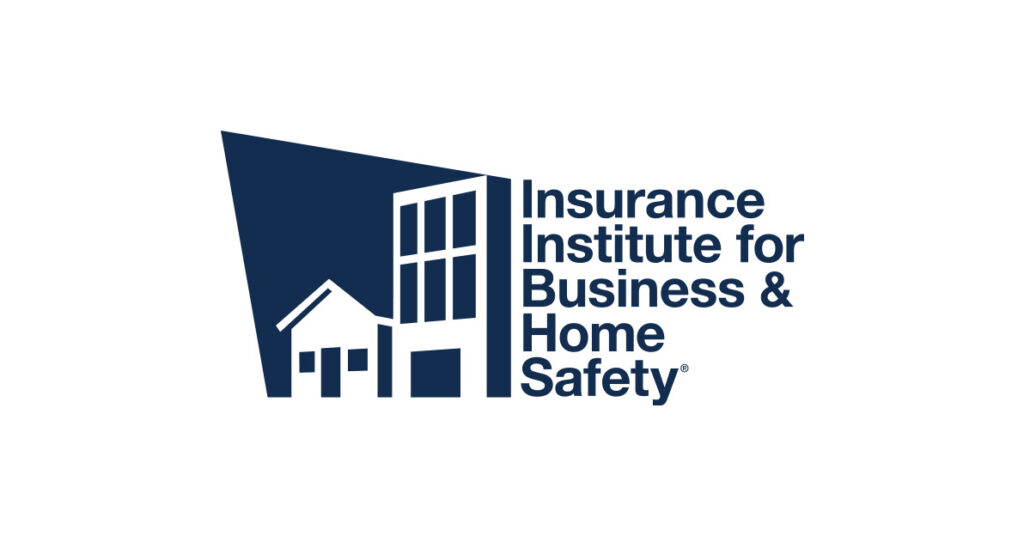New Headwaters Economics, IBHS study analyzes costs of wildfire-resistant construction in California


Richburg, S.C., July 28, 2022 – The Insurance Institute for Business & Home Safety (IBHS) and Headwaters Economics today released a study examining the cost of building more wildfire-resistant homes in California, which found vulnerable areas of the home can be mitigated for less than $3,000 during new construction. This analysis, Construction Costs for a Wildfire Resilient Home: California Edition, fills a gap in understanding wildfire-resistant construction costs and demonstrates the affordability of three wildfire resistant options as communities in California and across the West face a growing threat of home-ignition due to wildfire events.
California has historically led the way in improving wildfire resilience with its Building Code Chapter 7A. Yet, with the increasing wildfire risk and population growth in wildfire-prone areas, a modest investment today to build beyond Chapter 7A can ensure greater and lasting resistance to wildfire ignitions.
“Each new home built in California is an opportunity to make choices that will help ensure the housing stock of the future is better prepared for the wildfire risk it faces,” says Roy Wright, president and CEO of IBHS. “Wildland fires are a natural part of the ecosystem. But when wildland fires spread into communities, homes ignite and communities are forever changed,” says Roy Wright, president and CEO of IBHS. “Research has identified home vulnerabilities and mitigation actions that can reduce the chance of ignition. Now we have a clearer view of just how affordable it can be for California homeowners to take these steps to better wildfire resilience.”
“Measures that protect homes from igniting are among the best defenses against rising wildfire risks,” said Dr. Kimiko Barrett, a wildfire policy expert at Headwaters Economics and co-author of the report. “Our approach to building and retrofitting homes must adapt to the threat.”
The study looks at building materials and assemblies for five primary home components – the roof, under-eave area, exterior walls, attached deck and near-home landscaping – and analyzes the cost of three different levels of wildfire resistance for homes in California: a baseline home meeting the minimum requirements of California Building Code Chapter 7A, an Enhanced home with added enclosure of the underdeck area and landscaping changes to establish a noncombustible home ignition zone in the first five feet, and an Optimum home with expert judgment on the most stringent, fire-resistant options available. To account for variations in California’s geography, homeowner preferences and market trends, costs were analyzed in both northern and southern California.
The cost analysis reveals building an Enhanced wildfire-resistant home, beyond the requirements of Chapter 7A, increased the approximate cost of construction by just $2,800 in both northern and southern California markets. Upgrading to Optimum wildfire-resistant construction raised the overall cost by approximately $18,000 in northern California and $27,000 in southern California.
“With ever-increasing wildfire risks, we cannot wait to invest in wildfire-resistant homes, neighborhoods, and communities,” said Barrett.
Wright added, “Every dollar matters in a family budget. A modest investment in wildfire resilience at the time of new construction is more affordable and practical to achieve than through a later retrofit. Delaying these wildfire-resistant actions just shifts the burden to the future homeowner who will, undoubtedly, need to address the survivability of their home later.”
While findings from the cost analysis inform dialogue and policy for new construction, wildfire risk remains for millions of existing homes in need of retrofits. The report urges policymakers and communities to identify ways to support existing homeowners with actions on individual properties that can improve community resilience.
The wildfire-resistant components assessed in the Enhanced and Optimum homes are consistent with IBHS’s Wildfire Prepared Home™ program, which can be used as a retrofit solution for existing houses. As the first wildfire mitigation designation program, Wildfire Prepared Home provides homeowners with a set of wildfire mitigation actions that, when taken together, can meaningfully reduce risk. Once the actions have been completed and verified by an inspection, IBHS provides a designation that demonstrates the home’s increased wildfire resilience.
According to the study, upfront investments in wildfire resilience yield not only long-term benefits for communities by reducing the chance of a devastating fire event even as the crisis grows in California, but these steps also increase energy efficiency and boost durability.
Explore the full report online: https://headwaterseconomics.org/natural-hazards/wildfire-resistant-costs-california/.
Recent Posts
NOAA Weather
Tampa, FL
Last Updated on Jun 5 2024, 6:53 am EDT
Weather by NOAA
Current Conditions: Fair
Temp: 77°F
Wind: SE at 5mph
Humidity: 88%
Dewpoint: 73.0°F
 National Hurricane Center
National Hurricane Center
- The Atlantic hurricane season runs from June 1st through November 30th. April 20, 2025The Atlantic hurricane season runs from June 1st through November 30th.